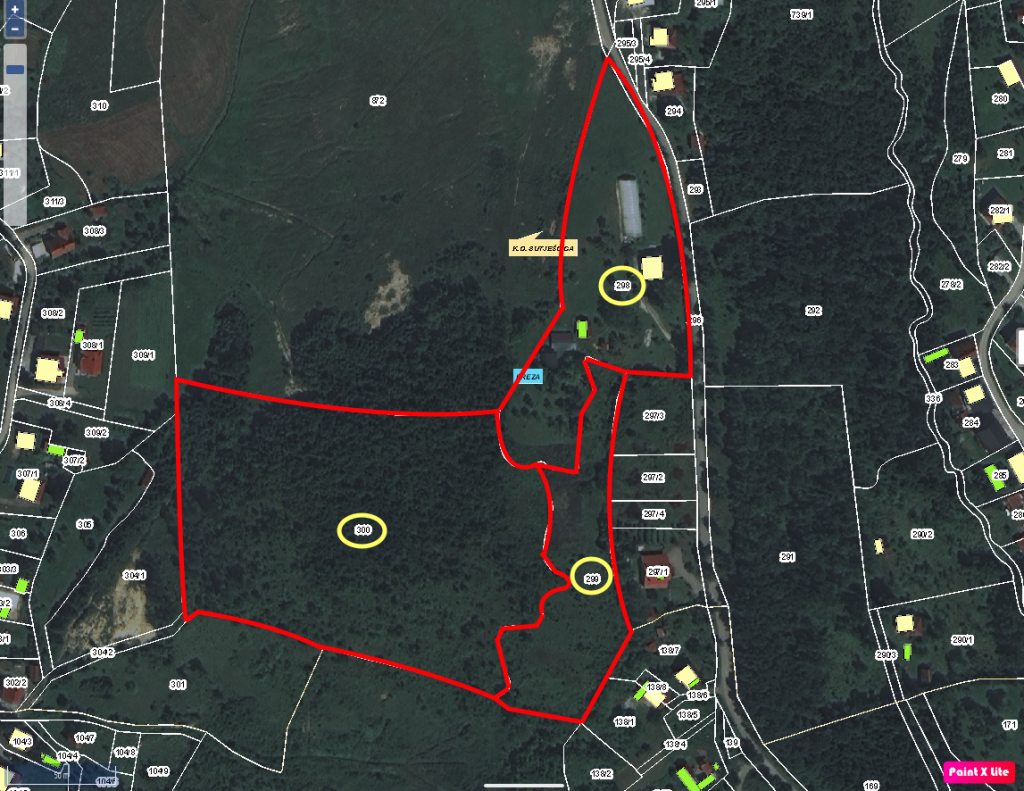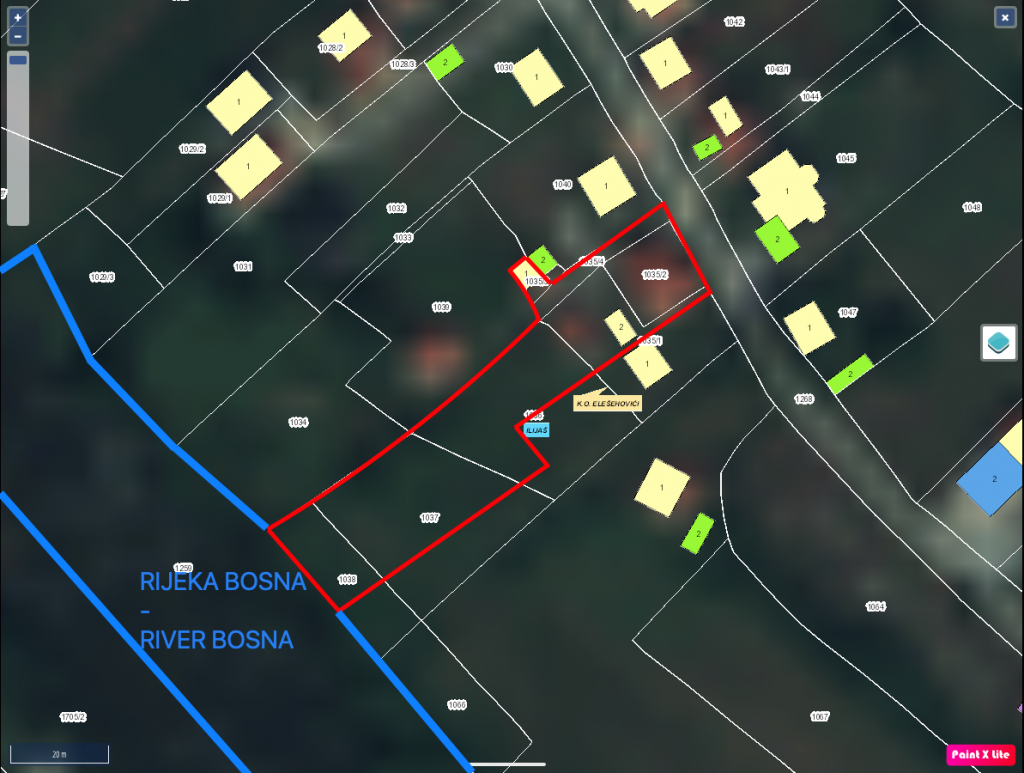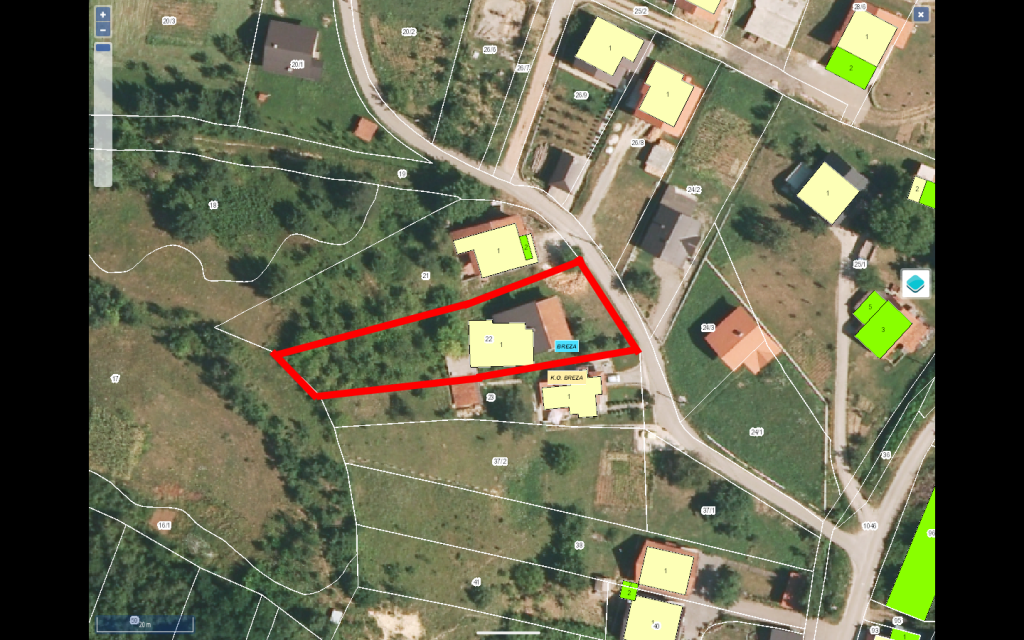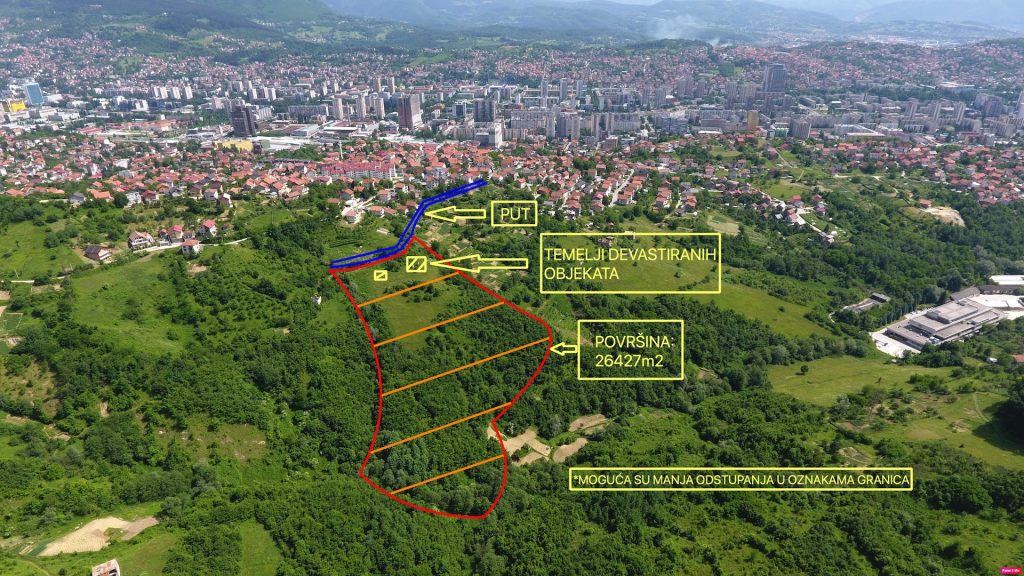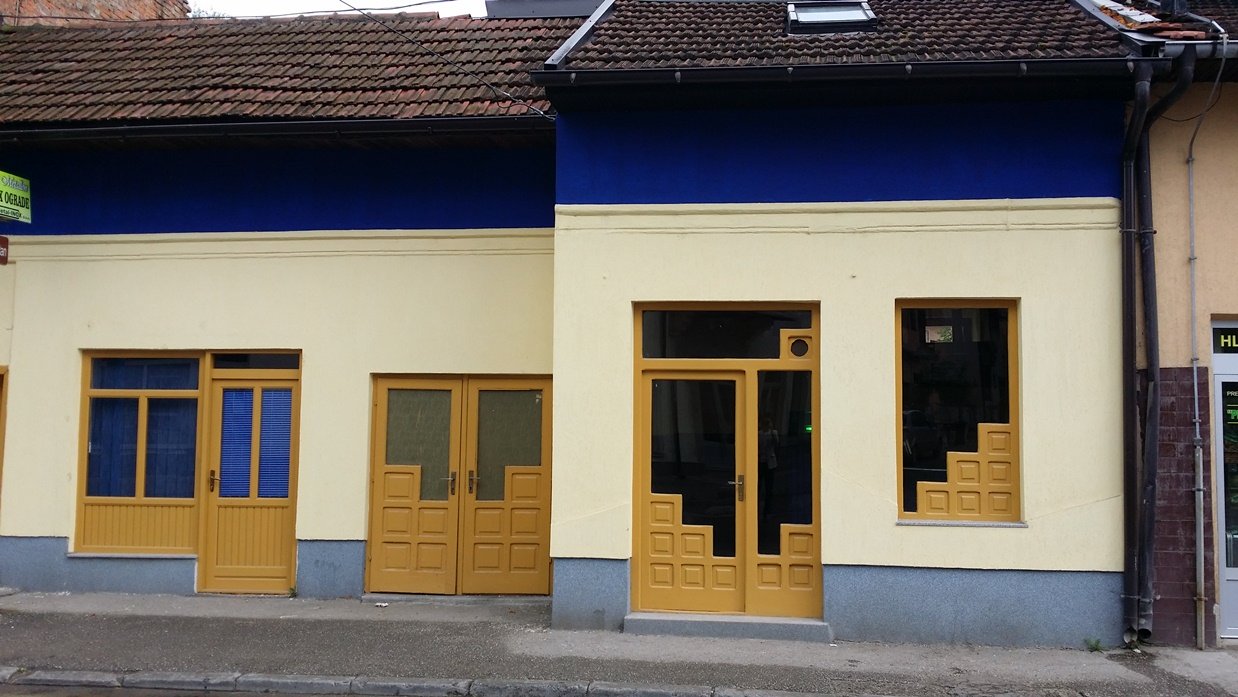Elaborate networks, characterized by intricate behaviour of connections and interactions between nodes, exhibit arising properties that transcend the behaviour of individual components. Coming from social networks and biological systems to technological infrastructures as well as ecological communities, visit this page complex marketing networks pervade diverse domains involving science and society, providing rise to collective tendency that cannot be understood through examining isolated entities throughout isolation. In this article, we explore the concept of emergent properties inside complex networks, exploring just how network physics provides insights into the dynamics and habits of interconnected systems in addition to elucidating the principles underlying the particular emergence of collective behavior.
At the heart of complex arrangements lies the interconnectedness of their constituent elements, represented by nodes and edges that will encode relationships and relationships between entities. By mastering the structure and topology of complex networks, research workers can uncover emergent qualities that arise from the interplay of local interactions in addition to global connectivity patterns. All these emergent properties manifest because collective phenomena, such as synchronization, phase transitions, and information distribution, that shape the dynamics and behavior of elaborate systems.
One of the key developing properties observed in complex systems is the phenomenon of self-organization, whereby local interactions in between nodes give rise to global styles of order and complexness. Self-organization is exemplified by means of phenomena such as synchronization with coupled oscillators, where person oscillators adjust their period and frequency to achieve coherent behavior across the network. Via network physics, researchers can certainly model and analyze the particular emergence of self-organized habits in complex networks, burning off light on the underlying mechanisms driving collective behavior.
A different prominent emergent property in complex networks is the occurrence of scale-free topology, characterized by a small number of highly connected clients, or hubs, interconnected with a large number of less connected nodes. Scale-free networks exhibit robustness against random failures however vulnerability to targeted assaults on hubs, highlighting the value of network structure in framing system resilience and steadiness. By studying the victory of scale-free topology in various real-world networks, such as the world wide web, social networks, and biological arrangements, researchers can gain information into the principles governing community organization and evolution.
Additionally, complex networks exhibit developing properties related to information circulation and diffusion dynamics, such as phenomenon of cascading useless and the spread of contagions. Cascading failures occur once the failure of a single computer triggers a chain reaction of subsequent failures, leading to the collapse of the entire network. Knowing the dynamics of cascading problems is crucial for mitigating challenges in critical infrastructures, like power grids and method of travel networks, where the failure of any few key nodes can have cascading effects on program reliability and resilience.
Additionally, the spread of contagions, whether it be information, diseases, or maybe behaviors, is governed by complex dynamics that emerge from the structure and connectivity of networks. Through system physics, researchers can unit and analyze the distribution of contagions in complicated networks, exploring factors in which influence contagion dynamics, for example network topology, node centrality, and transmission mechanisms. This specific knowledge is essential for creating effective strategies for controlling the pass on of epidemics, managing information dissemination, and fostering positive behavioral changes in social networks.
To summarize, emergent properties in sophisticated networks represent the collective behavior that arises from typically the interactions and connectivity behaviour of individual components. From the lens of network physics, researchers can unravel the actual principles governing the beginning of collective phenomena in complex systems, providing information into the dynamics and actions of interconnected networks over diverse domains. By comprehension emergent properties in sophisticated networks, scientists can handle fundamental questions about process organization, resilience, and adaptability, introducing the way for advances within fields ranging from network technology and computational biology to help sociology and engineering.

